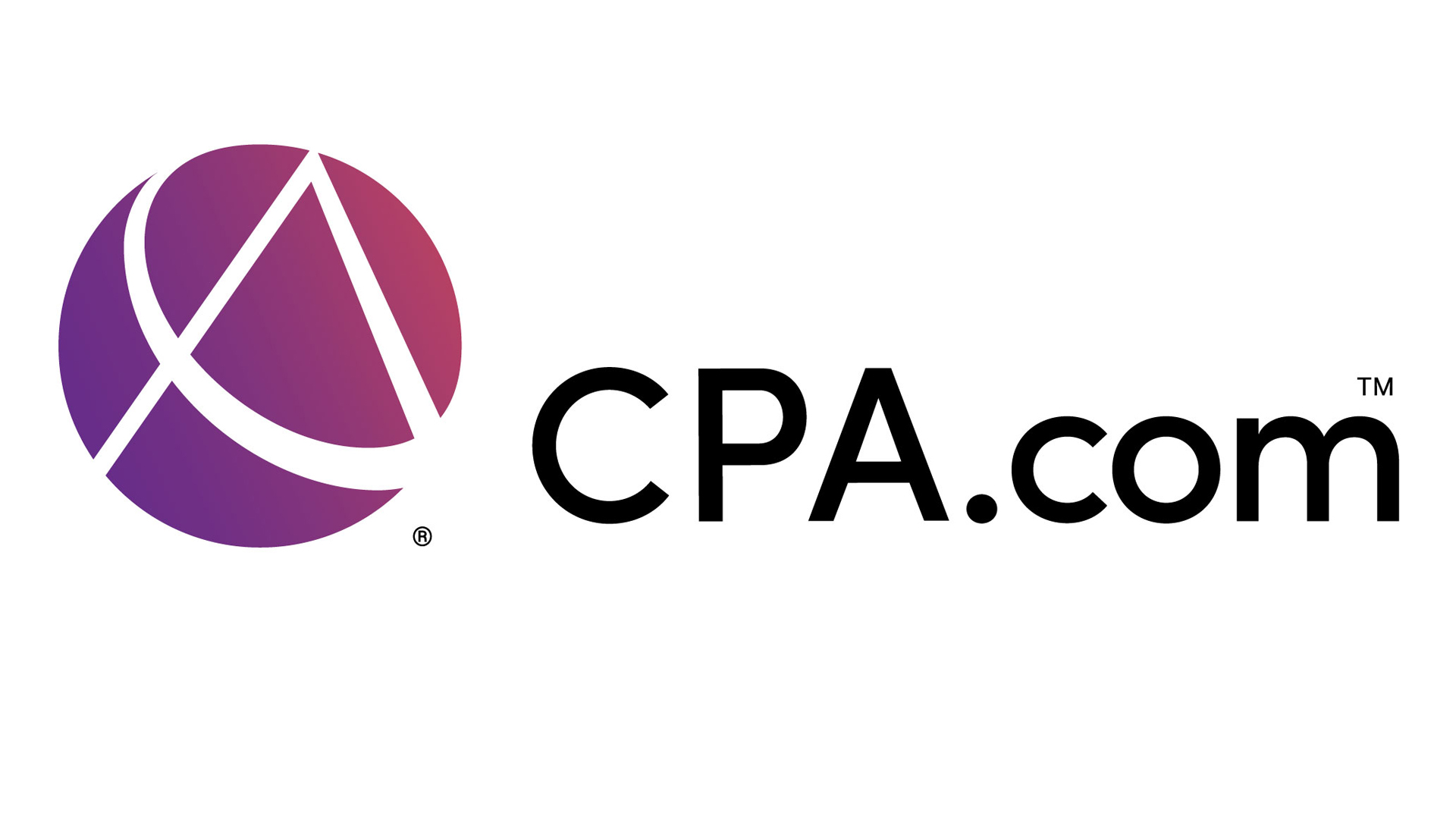Hundreds of not-for-profit organizations, financial institutions, government agencies and financial professional groups have joined together to support America Saves Week from Feb 25 through March 2, 2013.
Over the last several years, Americans have learned the value of saving as they have been forced to draw upon their reserves to stay afloat in a challenging economic climate. Unfortunately, a slow economy has prevented many from setting aside funds for future financial goals and emergencies.
To help consumers get back on track, Certified Financial Planner Board of Standards, Inc. is proud to support America Saves Week, a nationwide initiative from February 25 to March 2, 2013, which aims to promote personal savings, improve financial literacy and provide opportunities to save.
“Since the recession, many Americans have been struggling to save, putting them at risk in a still-recovering economy,” said CFP Board’s Consumer Advocate Eleanor Blayney, CFP. “Having a financial plan that includes regular savings – for short- and long-term goals – helps consumers safeguard their financial futures and realize their dreams.”
Blayney offered three practical ways to save as part of a financial plan:
Save 10. Shoot for a goal of saving eight to ten percent of your net income in a traditional savings account or certificate of deposit (CD), on top of your automatic savings to a retirement plan. If you don’t see it, you won’t spend it.
Take advantage of automatic, up-front savings, such as 401(k) plans, where your contributions are subtracted from your paycheck. In addition, most banks will set up automatic transfers from your checking to savings account each month.
Prepare a household budget. Planning for your expenses – in terms of their timing and amount – is a necessary first step to discovering where you can cut back to create more capacity for savings.
America Saves Week features nearly 1,000 local and national partners and is managed by America Saves and the American Savings Education Council (ASEC). America Saves was originally organized by the Consumer Federation of America (CFA) over a decade ago.
In addition to kicking off America Saves Week, CFA and ASEC today released the findings of their sixth annual national survey assessing household saving. Overall, the survey of American households revealed that only about half of Americans reported good savings habits:
- 54% said they “have a savings plan with specific goals.”
- 43% said they “have a spending plan that allows them to save enough money to achieve the goals of their saving plan.”
- 50% of those not yet retired said they “save for retirement at work through a 401(k) or other contributory plan.”
- 49% of those not yet retired said they are “saving enough for a retirement in which they will have a desirable standard of living.”
- 41% said that, “outside of work,” they “save automatically through regular preauthorized transfers from checking to savings or investments.”
- 49% know their net worth. 65% reported they “have sufficient emergency savings to pay for unexpected expenses like car repairs or a doctor visit.”
These findings reinforce the value of having a financial plan to save and spend as well as the need for more education around the importance of saving.
The Household Financial Planning Survey, released in July 2012 by CFP Board and CFA, found that while many Americans are struggling to save regularly, those with a financial plan – which includes a plan for save for short- and long-term goals – feel more confident managing their finances, are more likely to describe themselves as living comfortably, and are more likely to feel on pace to achieve their financial goals.
“Building savings is one of the first steps to executing a financial plan that will not only help consumers prepare for the unexpected but build greater wealth,” said Blayney. “A financial plan puts us on the path to financial security and success.”
Consumers have many resources they can access to learn about increasing their savings and developing a financial plan. LetsMakeaPlan.org allows interested consumers to learn more about preparing a financial plan, including working with a Certified Financial Planner professional.
AmericaSavesWeek.org offers a variety of ways to learn more about topics like net worth, retirement and debt management. Savings Fitness: A Guide to Your Money and Your Financial Future – a joint project of CFP Board and the U.S. Department of Labor – outlines a step-by-step process for consumers to improve their savings plans.
Thanks for reading CPA Practice Advisor!
Subscribe Already registered? Log In
Need more information? Read the FAQs
Tags: Accounting, Financial Planning, Taxes



